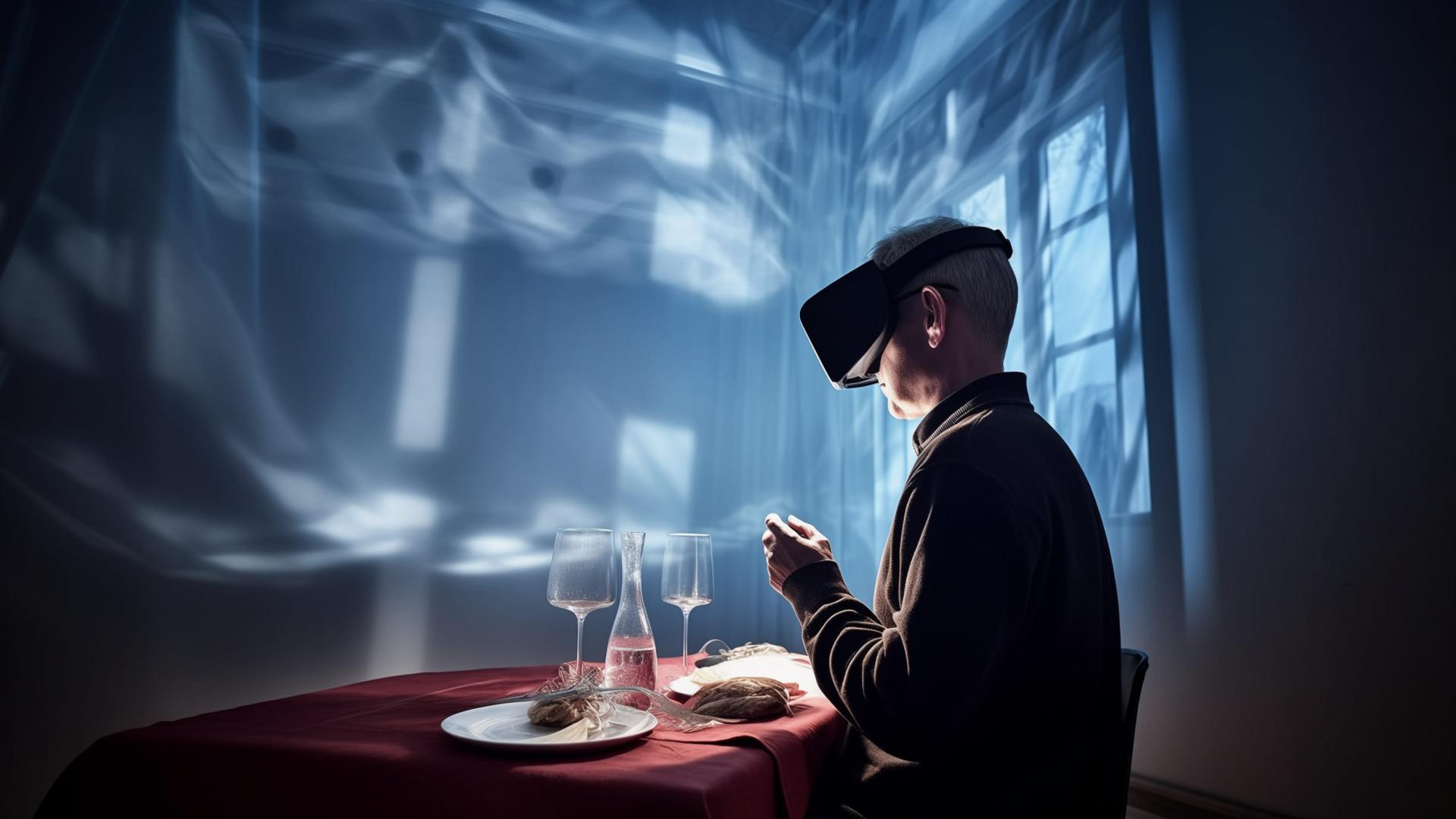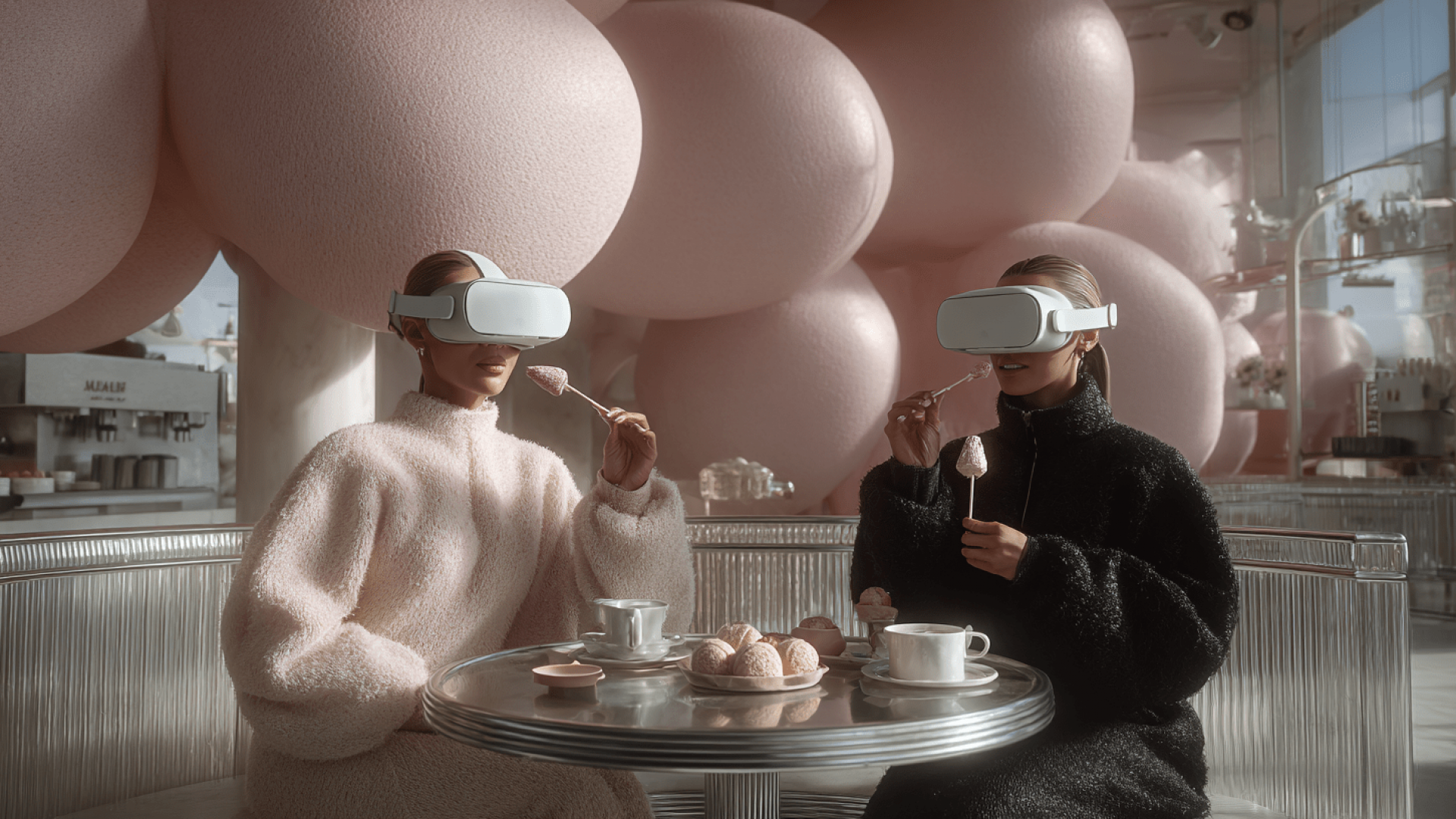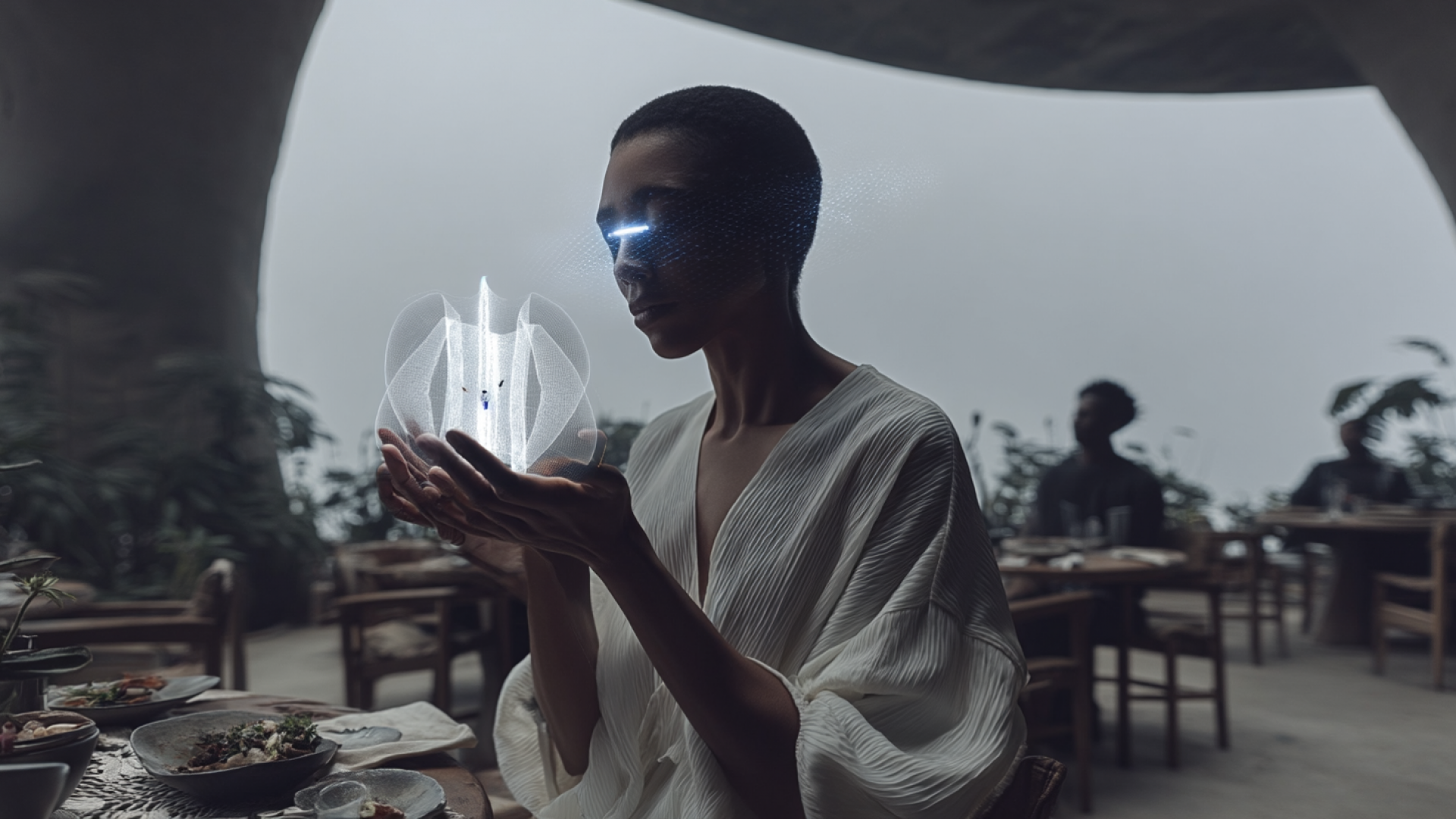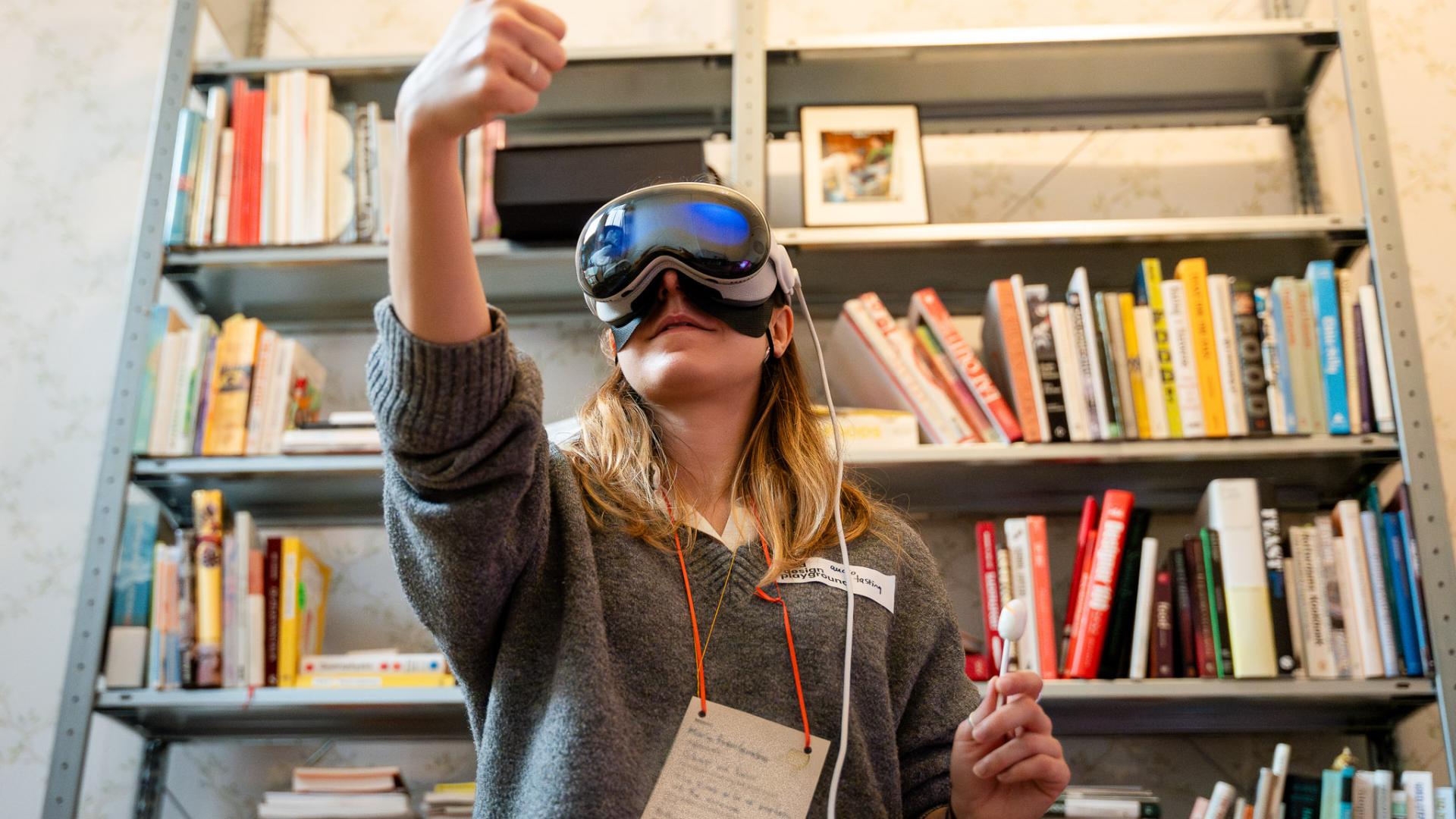Personalized, Sensory-First Future
We do not taste with our tongue alone. Research by scientists such as Prof. Charles Spence at Oxford University shows that experience of food is constructed in the brain, where sensory inputs combine. Round, pink, soft, sweet-smelling, and light-sounding cues, for example, can make food taste sweeter. Many restaurants and brands already apply these findings to deliver holistic sensory experiences.
Phygital Seasoning redefines taste as a designed experience of perception, not ingredients. It demonstrates that taste happens not only on the tongue, but in the brain and shows the future application possibility. By combining insights from neurogastronomy and sensory science with speculative design, this work proposes a new relationship between humans, technology, and food.
Move Beyond Isolated Experiences
Designer Laila Snevele’s first project, Digital Seasoning (2018), experimented with visualizations of the five basic tastes on screen. From this work grew a realization: to move beyond isolated experiences, sensory augmentation must extend into everyday life. Phygital Seasoning proposes just that, speculating on the role augmented reality could play in transforming how we eat, grow, purchase, and relate to food.
For Snevele, augmented reality is not a question of "if" but "when" it becomes a daily technology. She imagines how this technology could reshape our relationship with food at every level: how we eat, store, transport, purchase, and grow it.
80% of supermarket food is processed or ultra-processed
This vision challenges today’s food system, where over 80% of our supermarket food is processed or ultra-processed. Snevele asks: do we need so many variations, the overproduction, the waste, and the unhealthy habits this system creates?
At the projects core lies the Mono-Product concept: a single, nutritionally optimized base food that can be digitally “seasoned” through light, sound, color, and scent to suit individual preferences. Instead of endless physical variations — pre-sweetened yoghurts, flavored sodas, chips or other ultra-processed foods — one base product can become endlessly adaptable, reducing overproduction, waste, packaging, and marketing excess.
Phygital Seasoning is not just a concept — it is an open invitation to co-create the future of food perception. Laila Snevele invites collaborators, research partners, and investors to join in shaping this vision, preparing for the next leap in sensory design.
This project is developed as part of the Hungry EcoCities Paths-to-Progress experiment, which is part of S+T+ARTS Residency and has received funding from the European Union’s Horizon Europe research and innovation programme under grant agreement 101069990.
 Free wifi available
Free wifi available
 Toilets available
Toilets available
 Fully wheelchair accessible
Fully wheelchair accessible
 Wheelchair friendly toilet available
Wheelchair friendly toilet available




